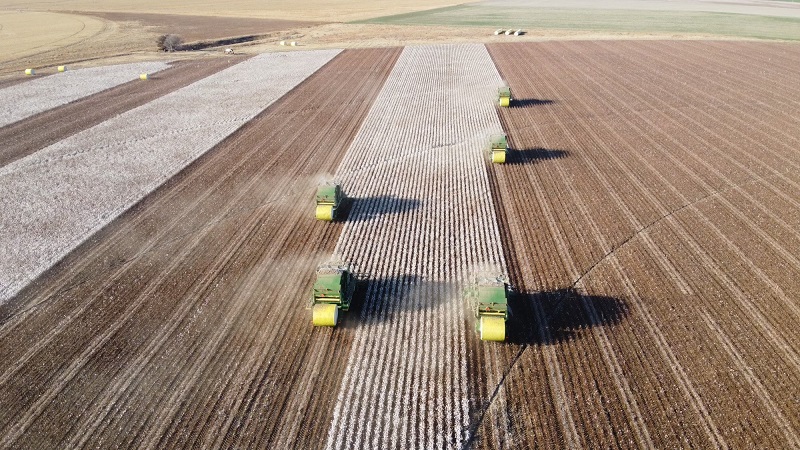Have the Economy and Demand Broken the Cotton Market?
Quoting the famous LSU alumnus: “It’s the economy, stupid.”
The writing was on the wall. The Chinese market was down sharply, the Fed was bearish the economy, USDA was bearish cotton, and the CFTC on-call report was bearish. Those that missed the market blamed the Fed instead of the mirror.
I have blamed the Fed before. USDA too, and all the other acronyms. The Fed is only attempting to fix the disaster created by Congressional spending. Blame should go to the other acronyms I, ME, and YOU. It is not the market, rather the traders’ inability to understand the market – no matter that it gives you a paint by the number kit.
Look no further than demand. Cotton demand has been in the doldrums since August. It still is and, according to the market, will be until at least early 2024. The future, here we come: Low Prices Cure Low Prices.
Old crop is facing a challenge of its recent lows near 74.50. Support in new crop is in the 76-77 cent area. Again, hopefully, I am wrong, and the market does not go that low. Yet, be forewarned. A new crop off to a good start and/or a break in the U.S. drought can push prices below that support level. Mill buying and mill fixations should provide enough support to keep old crop above 74 cents. After all, prices that low will encourage excellent mill buying. Low prices will encourage export sales.
Consumer demand is four to six months away at best, probably longer. The consumer will be a no-show during the next three to six months. Inflation and debt have broken the consumer.
Cotton is nothing other than a commodity, and as such, profits go to the least cost producer. When supply exceeds demand, prices go down. USDA, in its March supply demand report, forecast world carryover to be some two million bales more than forecast last month. The reaction, as expected: prices went down, limit down at week’s end.
The market is telling us the the world economy is experiencing very uncertain times. Certainly, the U.S. economy, by all measures, is teetering on concerns of a major disaster. Whether it be continued rising inflation, record consumer debt, an increasingly strong dollar (that reduces exports), increasing interest rates, and – to paraphrase the Fed – longer and more severe economic difficulties than had been anticipated.
Cotton is just a commodity, and all of agriculture is drastically affected by macroeconomic issues, contrary to the unchallenged comments of an uninformed Mississippi radio broadcaster.
The weekly export sales report was good for the first time in 2023. Sales were decent at 114,500 bales, more than enough to meet USDA’s sales target for the year. Export shipments, for only the second or third time during the marketing season, were strong enough (287,500 bales) to meet the pace required to meet USDA’s export forecast of 12.0 million bales. However, shipments will have to average near that level for the remaining 21 weeks of the marketing year. A difficult hurdle indeed.
On-call sales continue to decline (mills fixing the price), and on-call purchases continue to increase (growers delaying the pricing decision). We have commented numerous times this year that growers have been willing to pay storage and carrying costs this year in hopes of higher prices. As we have seen, that hope has been nothing more than a wish gone sour.
Unfortunately for the grower, the ratio between on call-sales and on-call purchases continues to work against the grower. That is, the on-call report continues to suggest the bearishness being demonstrated by the market. That should be expected to continue.
In its March supply demand report, USDA left its estimates of the U.S. cotton situation unchanged. However, USDA increased world ending carryover some two million bales – a very bearish indicator that hit the market with both fists at week’s end. USDA typically makes its major adjustment in its Chinese data base in March and did so again this month, decreasing the prior year Chinese consumption 1.25 million bales and thereby increasing Chinese beginning stocks the same amount. Finally, USDA increased its current year carryover of Chinese stocks some 2.0 million bales – essentially the amount it raised world ending stocks for the current season.
Growers must wait for a rally to 81 cents to price their remaining old crop. Mills should fix the price of only 10% of their outstanding fixations. There are no miracles here. Quality premiums should be slightly enhanced above the loan chart. New crop still has the weatherman staring it in the face, and that should offer growers another chance at 83-84 cents.
Give a gift of cotton today.









